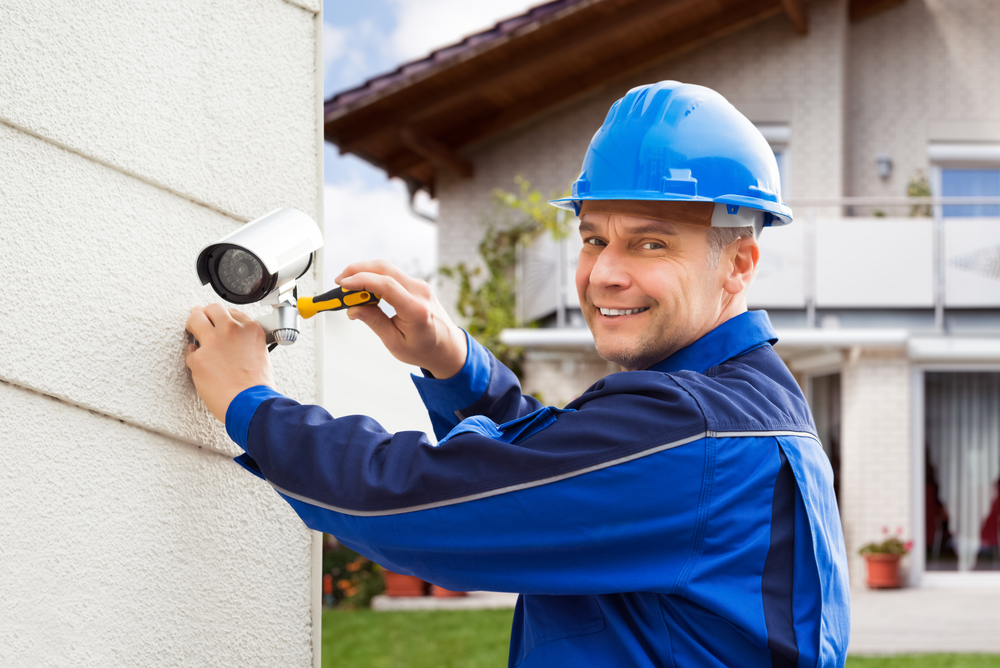We may earn revenue from the products available on this page and participate in affiliate programs. Learn More ›
Q: Most of our neighbors have some kind of security system: Some have basic doorbell cameras, others have DIY systems—and some even have professional monitoring with all the bells and whistles. We feel like maybe we should get one, too, so we don’t become the only house without home security and the easy target, but we’re concerned about the expense when we live in a relatively safe area. Are home security systems worth it?
A: It’s great that you feel safe in your neighborhood and that your neighbors take home security so seriously. You’re probably partially protected by the cameras and alarm systems in your neighborhood, whether you know it or not. But you’re right to be concerned: If yours is the house on the street without indications that you have security in place, you’re at risk of becoming a target for thieves who don’t want to be caught on camera and see your home as the best bet. The truth about home security systems is that they’re multifunctional—they work as crime deterrents to ward off potential intruders, they serve as early warning systems for the home’s residents, and they provide helpful evidence to law enforcement if a crime does occur, so you’re getting a lot of service in exchange for your hard-earned cash. Fortunately, the best home security system systems, such as Vivint, ADT, or SimpliSafe, have equipment packages and monitoring plans for all budgets. Completing a careful assessment of your security needs against the various offerings will help you choose the most appropriate in-home security system best suited to your budget.
Home security systems offer protection against home invasion by acting as a deterrent to would-be burglars.
According to Security.org, a 2018 study and survey of convicted burglars conducted by the U.S Department of Justice and the University of North Carolina revealed that 80 percent of burglars indicated that they would carefully check for signs of a security system before attempting a break-in. Sixty percent would immediately dismiss the home as a target if they discovered a security system prior to the attempted crime. If they discovered a security system after the crime was in progress, half of the survey respondents said they would go home, others said they would run and try to hide somewhere, and only 13 percent said they would even consider continuing their criminal attempt. The security system doesn’t even need to be activated for this effect—it simply has to be present and noticeable. Based on this study, it’s safe to assume that systems that provide home security reduce crime, protecting the home itself and its residents from break-ins, burglaries, and home invasions with a threat of injury.
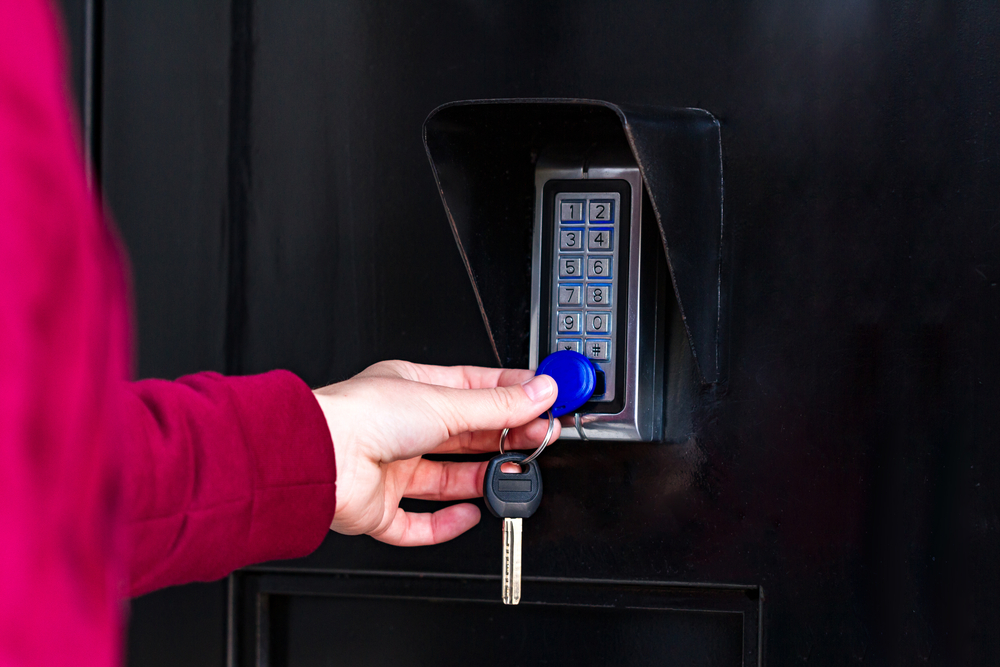
Homeowners and renters can get a basic security system for a relatively low price and can customize it to fit their needs and budget.
Home security systems are no longer one-size-fits-all, and home security companies aren’t all the monoliths hiding behind high-priced services that they once were. In fact, the best home security companies now offer a range of products and programs to fit the needs of every homeowner and renter, from lower-budget programs with DIY equipment installation and self-monitoring options to full-service, professionally monitored options including professional installation. Having the option to choose the number and type of sensors and cameras allows customers to truly customize their package to secure their home in a way that makes them feel safe while staying within a defined budget.
It’s usually most economical for a customer to begin with one of the packages that the company offers and then add on more equipment as it’s deemed necessary. Customer service representatives are happy to advise customers on the appropriate number of window and door sensors, motion detectors, lights, and cameras for their home, and they can help customers strip out unnecessary items to stay within budget and keep the home security costs down. Options including no-contract systems are available in some cases. This allows customers to try out professional monitoring at a lower introductory rate to decide if it’s worth it for them, but it leaves the door open to return to a less-costly self-monitoring option if it’s not the right choice.
The best apartment security systems include equipment that doesn’t damage the walls and can be transferred to a new apartment with only minor costs (if any) to help renters feel safe in their homes, too. Some of the best DIY security systems are aimed at renters who need a simple, straightforward security option that doesn’t require permanent equipment installation or long contracts.
Many home security systems come with a smartphone app for remote access and monitoring even while away from home.
Vacations are such a relief from the day-to-day grind, but for some people being away from home creates its own kind of anxiety. Wondering if the home is safe, wondering if the neighbor really remembered to pick up the newspaper from the front step, worrying that something has gone wrong—these concerns can strip all the pleasure from a well-deserved rest (or just an average day at the office). Many modern home security systems include an app that helps users keep tabs on their system. Customers can remotely check to make sure the system is active, receive alerts when sensors are triggered, and sometimes even check the view through the installed cameras. In addition, the apps usually allow the customer to arm and disarm the system remotely, so it’s easy to turn off the alarm to let a contractor or family member into the house.
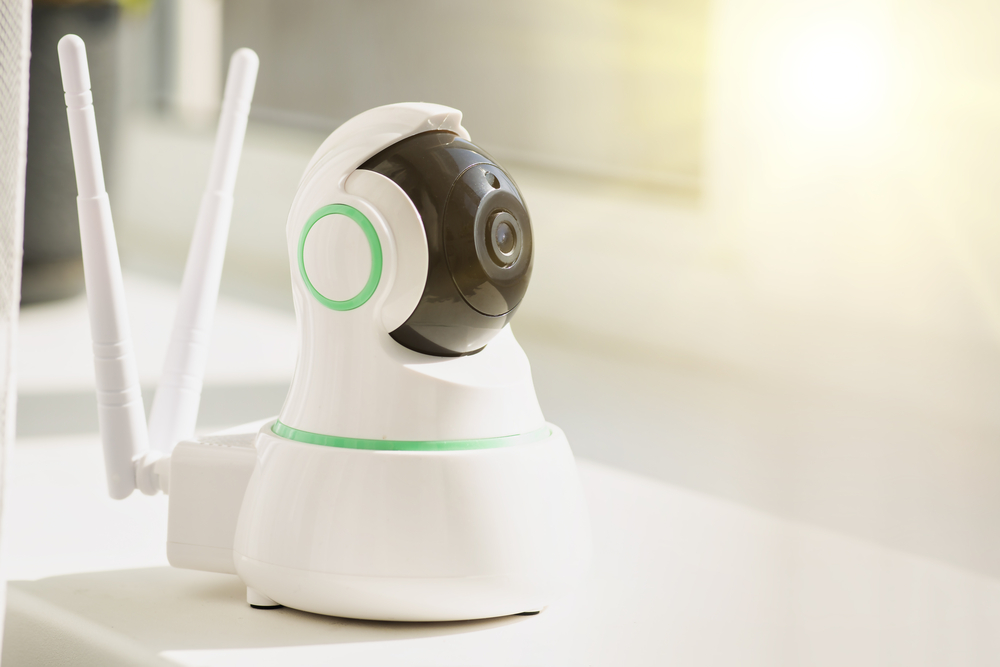
Home security systems allow homeowners and renters to keep tabs on pets, children, or older relatives.
Another peace-of-mind benefit that many people don’t connect with home security systems is the ability for homeowners to see what’s going on in the home when they aren’t there. Want to check to make sure a child arrived home on time from school? Check in via the indoor cameras connected to the security system with the app on a phone—some cameras are equipped with audio so parents can interact with children directly and see that they’re safe. Similarly, pet owners can look to see if their dogs abide by the “no dogs on the couch” rule when they’re home alone, or check in to see if the cats are sunning themselves in the front window or climbing the curtains.
Of particular assistance is the ability to check in on older relatives, especially those who are unsteady on their feet or experience chronic illness. While everyone (including older adults) values their privacy, there can be a huge benefit to allowing someone else to have access to the camera view or to receive security system alerts for people in situations where they may unexpectedly need help. Security alerts can let the caregivers for relatives experiencing dementia know when they leave the house and when they return, or allow the caregivers to check indoor cameras if an infirm or ill relative isn’t answering the phone. If someone has fallen down and is unable to reach the phone, or has suffered a medical emergency, that access can make all the difference in getting help quickly and offering the best chance for a speedy recovery. Several home security companies offer special packages for older relatives or those who have medical concerns to share with their caregivers that include medical panic buttons to summon an ambulance and the caregiver simultaneously. This added level of security can allow older relatives to remain in their homes longer.
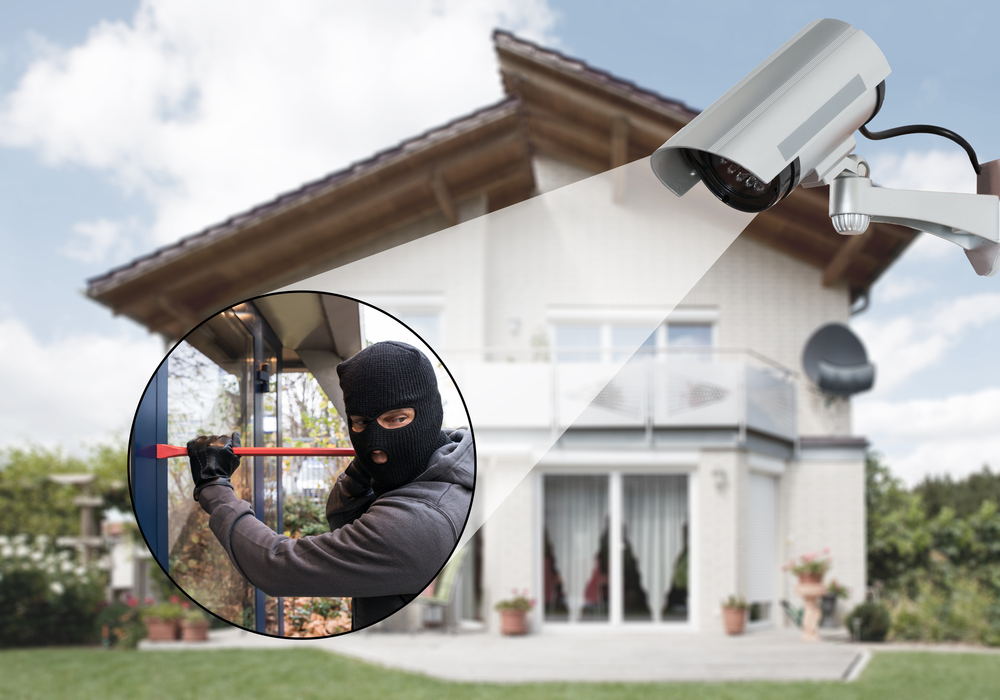
A home security system can help prevent package theft.
Everything is available online for delivery: Groceries, meal kits, school supplies, cocktails, and everyday department store and pharmacy purchases can be delivered overnight—sometimes in hours. Unfortunately, the sharp ramp-up of online delivery services has resulted in enticing piles of boxes on front steps, offering a buffet for package thieves.
Security systems offer several layers of protection from package theft. First, a doorbell camera can alert residents that a package has arrived so they can grab it if they’re home, or ask a neighbor to collect it if they’re not. Such cameras can also deter package thieves, although some brazen thieves will just pull up a sweatshirt hood and go for it anyway—additional cameras may provide information on the criminal’s vehicle or direction of escape.
Second, a security system that is integrated into a smart-home system may allow the resident to see the delivery truck arrive and remotely open a garage or breezeway door for the delivery person to place the package securely inside, then close or relock the door. Finally, sometimes a package hasn’t been stolen, but rather misdelivered: A resident might receive a delivery notification with a photo of their package on an unfamiliar doorstep. Checking security cameras might reveal the truck stopping several houses down the block, identifying which neighbor to contact for pickup.
If the theft isn’t prevented by the camera, it may at least provide information authorities can use to connect a series of thefts to one person and offer proof to the shipper or insurance company that the package was stolen, allowing for some reimbursement.
A home monitoring service can alert the correct authorities during a home invasion, house fire, or medical emergency.
When most people hear a crash from downstairs in the middle of the night, are awakened by screaming smoke detectors, or experience a medical crisis, their initial response is panic. Hearts pounding, they’ll instinctively try to do the right thing, which is to get themselves and their family to safety as quickly as possible or to soothe the family member having the crisis. Fumbling for a cell phone to call for help can waste precious time.
While many people balk at the additional cost of professional monitoring in favor of the less-expensive self-monitored systems, the additional cost of monitoring is particularly worthwhile in the kind of emergency situations everyone hopes they never experience. With monitoring, the smoke detector or door and window sensors will alert the home security monitoring service that something has gone wrong, and the service can summon help quickly and effectively while the residents get to safety. Most monitored systems include a panic button either on the system’s control panels, the app, or on a separate key fob to give the customer an easy way to summon help fast by pressing a button that alerts the monitoring service. In a crisis, the sense that help is on the way can make a big difference for a customer.
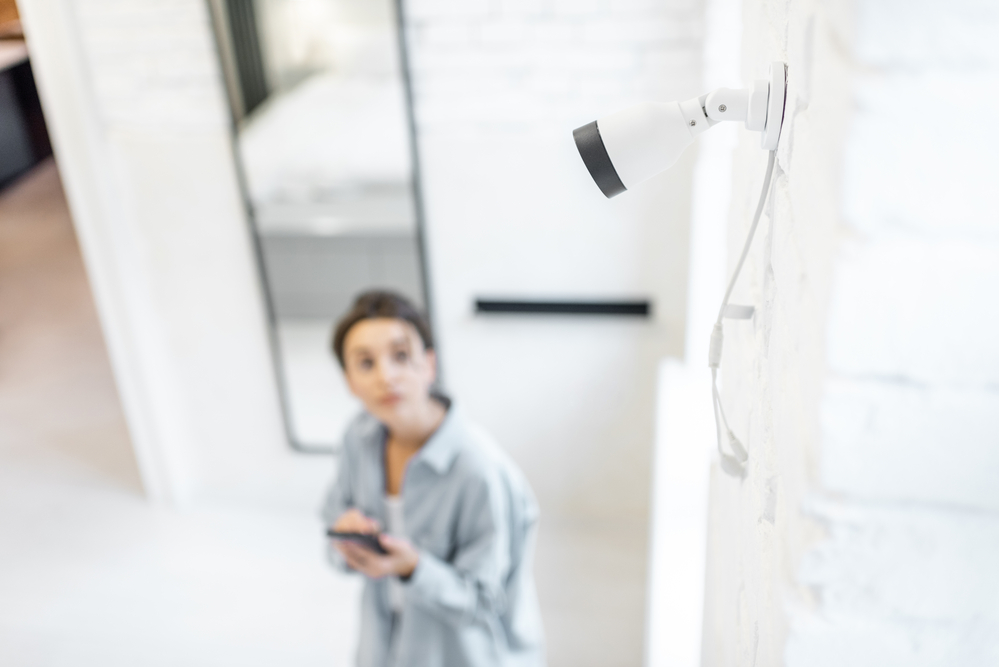
A home security system can help law enforcement identify thieves after a break-in.
If the worst occurs and someone does get into the home, the cameras outside and inside the house can provide valuable information. Far from the grainy black-and-white surveillance cameras seen on television police procedural shows, modern security cameras feature high-resolution images at a high frame-per-second rate. Many types of security cameras are equipped with lights, infrared night vision, and audio recording capabilities. This means that the cameras can capture facial features, clothing logos and name brands, the particulars of the criminal’s shoes, and their actions while approaching, inside, and leaving the home. This information is invaluable to law enforcement as they try to track down thieves, recover stolen belongings, and prosecute the offenders. In addition, the cameras can essentially provide a receipt for homeowners insurance company claims, showing exactly what was taken and the condition it was in at the time of the theft.
Homeowners who install security systems may be eligible for discounts on their homeowners insurance premiums.
Homeowners insurance companies love home security systems. Why? The presence of the systems reduces their overall risk. Security systems mean fewer break-ins, which means fewer items stolen and less damage to repair. Monitored systems result in faster responses to fires and break-ins by fire departments and police. The best alarm systems for home security will audibly repel burglars as they attempt to break in, protecting the home, its contents, and its residents. To thank policyholders, the best homeowners insurance companies (such as Allstate or Lemonade) will often offer a home insurance discount for security systems that have professional monitoring. For homeowners who are able to secure this discount, the money saved can help offset home security costs and allow the homeowner to get extra security coverage for less expense.

